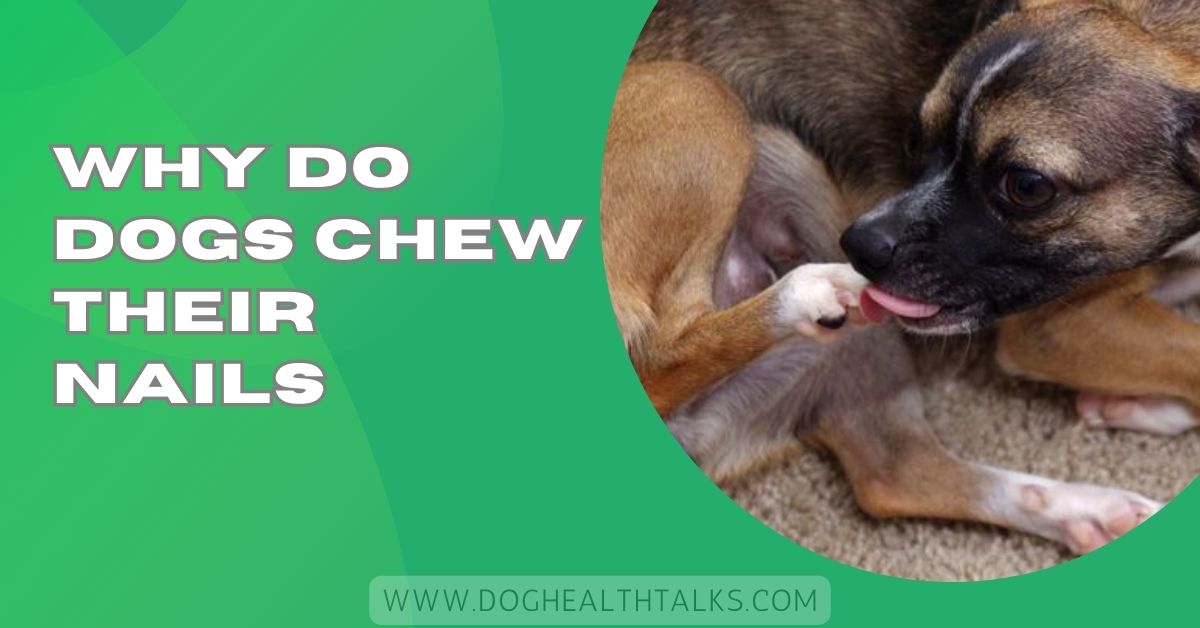When a dog starts chewing their nails, it may seem odd or amusing at first glance. But this behaviour often tells a deeper story—whether it’s a minor grooming attempt or a signal of discomfort.
Dogs chew their nails due to allergies, anxiety, boredom, infections, injuries, or overgrown nails. Regular grooming, paw cleaning, and vet checks help prevent discomfort and keep your dog healthy and comfortable.
This comprehensive guide explores why dogs Chew Their Nails, helping you understand, observe, and respond effectively.
Are Occasional Nail Bites Normal?
Sometimes, dogs chew or nibble their nails just like we might bite our nails or trim them when they feel rough.
This can be part of regular grooming, especially if a nail has a sharp edge or a small piece is sticking out. Occasional chewing is usually nothing to worry about if your dog is acting happy and healthy.
However, it becomes a concern when the chewing happens too often, lasts a long time, or causes redness, swelling, or bleeding.
That could mean your dog is feeling discomfort, pain, or irritation. The key is to watch for changes—if nail biting is rare and harmless, it’s fine. If it becomes a habit, it’s time to find the reason.
What Drives a Dog to Chew Their Nails?
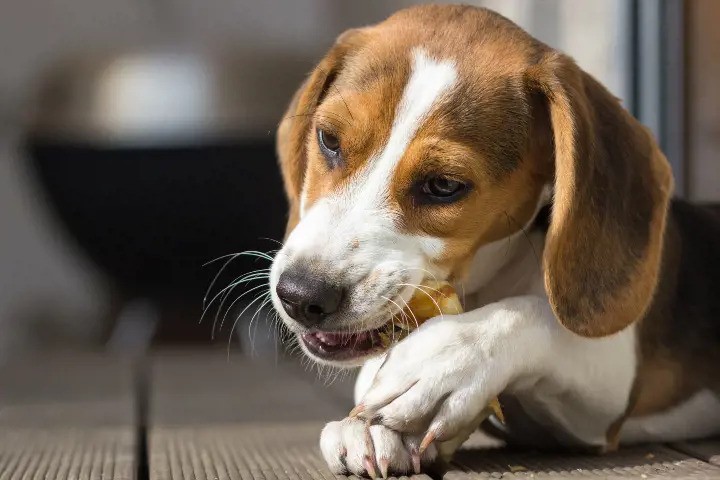
1. Medical and Physical Causes
Dogs chewing their nails might respond to direct physical stimuli, from hurt to infection. Reasons include overgrown nails that pressure the pad, broken or cracked nails that expose the sensitive skin quickly, or foreign objects that are stuck near the nail. They might chew to soothe the pain or relieve an obstruction.
Infections—bacterial or fungal—often make the nail area sore, red, or swollen, prompting your dog to chew more to ease the irritation.
Nutritional deficiencies or systemic issues like hypothyroidism may weaken nail integrity, further increasing susceptibility.
2. Allergies & Skin Conditions
Environmental triggers (pollen, dust, chemicals) and food sensitivities can inflame paws, leading dogs to chew nails as relief. Even household products or laundry soap can sometimes spark itching in these areas.
Also Read: Why Is My Dog Coughing? – Top Reasons Explained 2025 Guide
3. Parasites
Tiny invaders—fleas, ticks, mites—often hide between toes or nail beds, inciting intense itchiness. Dogs may chew nails trying to dislodge them or soothe the discomfort.
4. Behavioural & Emotional Drivers
When physical causes are ruled out, the behaviour may be emotional. Dogs under stress—whether separation anxiety, unfamiliar environments, or loud noises—sometimes chew their nails to self-soothe.
Dogs lacking stimulation can also develop nail chewing out of boredom or as a repetitive habit.
Quick Reference Table: Causes & Clues
| Cause Category | What to Look For |
| Physical strain | Clicking nails, broken tips, limping, paw sensitivity |
| Infection | Redness, swelling, discharge near nail folds |
| Allergies | Red or itchy paws, seasonal flare-ups, response to cleaners |
| Parasites | Visible fleas/ticks or intense local chewing |
| Stress or boredom | Nail chewing during alone time or lack of play |
How to Identify Why Your Dog Is Chewing Their Nails
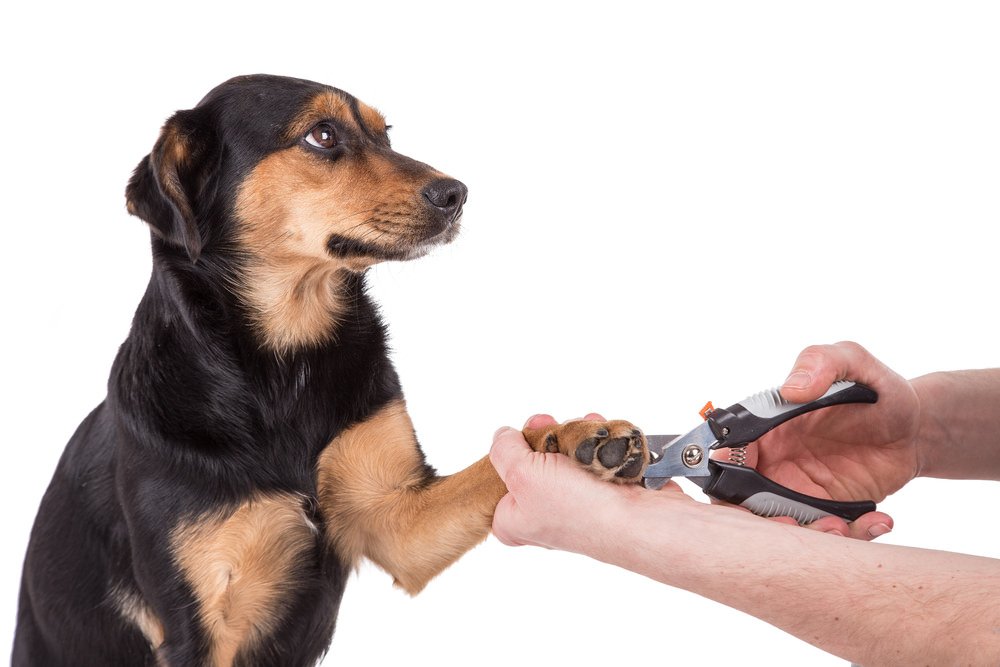
1. Check the Paws and Nails
Gently examine your dog’s paws and nails in good light. Look for swelling, redness, cracks, broken nails, or small objects like splinters, grass seeds, or tiny stones stuck between the toes. Even a small injury or debris can make your dog chew to relieve the irritation.
2. Observe Their Behaviour Closely
Spend time watching your dog’s habits. Notice if the chewing happens after walks, during certain weather conditions, or when your dog rests or is left alone.
Behavioural clues often point toward stress, boredom, or anxiety rather than a physical problem.
3. Keep a Chewing Log
Maintain a simple diary to note the date, time, and circumstances whenever you catch your dog chewing nails. Over a few weeks, patterns may emerge—like seasonal flare-ups or anxiety during thunderstorms.
4. Watch for Other Symptoms
Look for limping, excessive licking of paws, changes in walking style, or sudden mood shifts. Dogs in discomfort might also avoid running, jumping, or playing as much as usual.
5. Consult a Vet if Needed
Book a veterinary appointment if nail chewing is constant, causes bleeding, or is paired with other health changes. Your vet can run tests, rule out infections or parasites, and guide you toward the right treatment plan.
Also Read: Can Dogs Eat Slim Jims – Vet-Approved Guide for Pet Owners
Solving the Problem: Home & Professional Strategies
If it’s mild and manageable, start with soothing home care:
- Gently trim overgrown nails—avoid cutting into the quick.
- Clean paws after walks to remove allergens or debris.
- Provide engaging toys, puzzles, and regular play to reduce boredom or anxiety.
- Address dry skin with vet-recommended moisturisers.
When pain, infection, or behaviour change is involved, simple home care may not suffice. Veterinary interventions could include:
- Medication: Antibiotics for bacterial infections, antifungals for yeast infections, or allergy treatments.
- Behavioural Support: Working with a trainer or behaviourist to address stress or compulsive habits.
- Parasite Control: Flea, tick prevention protocols.
Home First-Aid And Short-Term Steps You Can Try (Safe, Vet-Friendly)
- Inspect the paw gently — look for debris, cuts, or a lodged awn. If there’s a foreign object that can be safely removed (superficial and visible), do so with clean tweezers. If not, see the vet.
- Trim nails regularly to prevent overgrowth and splits if you’re unsure how, have a groomer or vet show you. Overlong nails are a frequent, easily preventable cause of chewing.
- Clean paws after walks — rinse to remove pollen, de-icing salts, or allergens. Dry thoroughly.
- Use an E-collar temporarily if chewing is causing wounds — this prevents further damage while you arrange vet care.
- Avoid DIY medications — don’t apply steroid creams or human antifungals without vet advice; some products can worsen problems or be toxic if licked.
Prevention: How To Reduce The Chance Of Nail Chewing
- Keep nails trimmed and filed. Long nails irritate and are more likely to break.
- Dry and clean paws after outings. Remove allergens and foreign bodies.
- Maintain a balanced diet and good coat/skin health to resist infections.
- Provide enough physical exercise and mental enrichment to reduce boredom-driven chewing.
- If your dog is allergic, work with your vet on long-term allergy control (meds, immunotherapy).
Is It Normal For A Dog To Chew Their Nails?
It’s usually fine if a dog gently chews its nails now and then—for instance, to smooth a rough edge.
But frequent or intense chewing might signal discomfort, allergies, or a medical issue. If the behaviour persists or causes irritation, it’s best to check with a vet.
How Can I Get My Dog To Stop Chewing His Nails
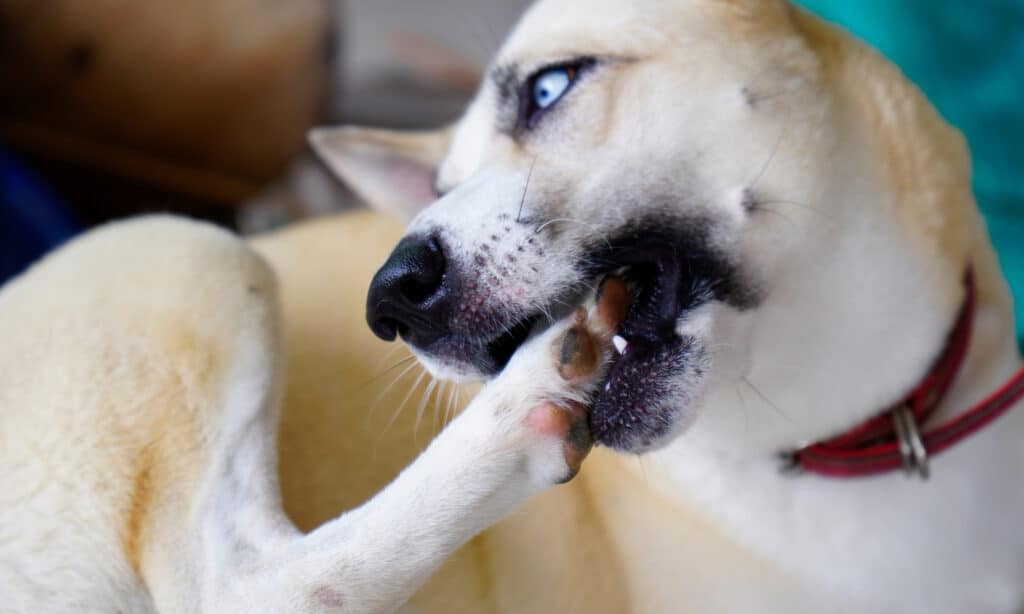
First, determine why your dog is chewing: allergies, boredom, or itchy paws. Keep their nails trimmed and clean, especially after walks.
Offer chew toys or puzzle treats to distract them. If the behaviour persists, talk to your vet for root-cause help.
Dog Biting And Pulling Nails
If your dog is biting and pulling at their nails, it may be a reaction to pain, debris, or a broken nail. Look closely for irritation, infection, or a lodged splinter. A vet can help treat any injury or identify a deeper cause.
Why Do Dogs Chew Their Nails At Night
Nighttime nail chewing can happen when the house quiets down and your dog has no distractions. It may be boredom, anxiety, or irritations from the day.
Observe whether it correlates with stress—for instance, bedtime alone—and try giving calming toys or a soothing routine before sleep.
Do Dogs Bite Their Nails To Trim Them
Sometimes, dogs chew their nails to file down something rough or uncomfortable. If a nail breaks or gets caught on a carpet, dogs may bite it to relieve the discomfort. But this isn’t a reliable grooming method—keep nails trimmed adequately for safety.
Dog Biting Nails And Licking Paws
When dogs chew nails and lick paws, it often means irritation or itchiness nearby. Allergies, dry skin, or a little splinter can cause both behaviours. A clean, moisturised paw and vet guidance can help stop that cycle of irritation and chewing.
You Should Know: Is There A Home Remedy For Dog Scooting – 8 Effective Tips!
Can Dogs Bite Their Nails Off
In rare cases, a dog might chew a nail enough to break it off—but it’s painful and risky. This can expose sensitive tissue and invite infection. If your dog aggressively cheats, seek vet care to prevent damage and manage discomfort.
Why Do Dogs Chew Their Tails
Dogs chew their tails not because it’s regular grooming, but usually due to itching, irritation, or fleas.
Skin allergies or infections around the tail area can make them nibble or chew. If the tail seems irritated or they do it a lot, a vet check can help find relief.
Dog Biting Nails Allergies
Allergies—from pollen, cleaning chemicals, food, or fleas—can lead to itchy paws and nail chewing.
A dog may bite and chew where the irritation is strongest. Identifying the allergen and treating the reaction can help calm the behaviour.
FAQs
1. How do I get my dog to stop biting his nails?
Find the cause, keep nails trimmed, and give toys. Visit the vet if chewing continues or causes injury.
2. Do dogs trim their nails?
Dogs may nibble nails when uneven, but can’t safely trim them. Regular human-guided trimming is still necessary.
3. Should I let my dog chew his nails?
Occasional gentle chewing is fine, but frequent or harsh biting may cause injury and needs vet attention.
4. How often should I trim my dog’s nails?
Most dogs need trimming every 3–4 weeks, but active dogs on hard surfaces may need less frequent trims.
5. What happens if I never trim my dog’s nails?
Untrimmed nails can overgrow, curl into the paw pads, cause pain, affect walking, and lead to infections.
6. Do dogs feel better after cutting nails?
Yes, short nails improve comfort, walking, and posture, and reduce joint stress, making dogs feel more at ease.
7. Is it normal for dogs to bite their own nails?
Occasional nail biting is normal. Frequent chewing might mean irritation, allergies, or injury and should be checked.
8. How do I trim my dog’s nails when he bites?
Use gentle restraint, treats, and gradual desensitisation. Try trimming after exercise or ask a groomer or vet.
9. How to mentally stimulate your dog?
Use puzzle toys, training games, scent activities, and new walking routes to keep your dog’s mind engaged daily.
10. Why does my dog chew his leg until it bleeds?
It’s often due to allergies, parasites, or stress. Immediate vet care is needed to stop the cycle and heal.
Conclusion
Dogs chew their nails for many reasons—from simple grooming to health or emotional issues. Attention to when and how often it happens can help you spot the cause early. With regular nail care, clean paws, and timely vet visits, you can keep your dog comfortable and prevent bigger problems. The goal is to ensure your dog stays happy, healthy, and free from discomfort.
